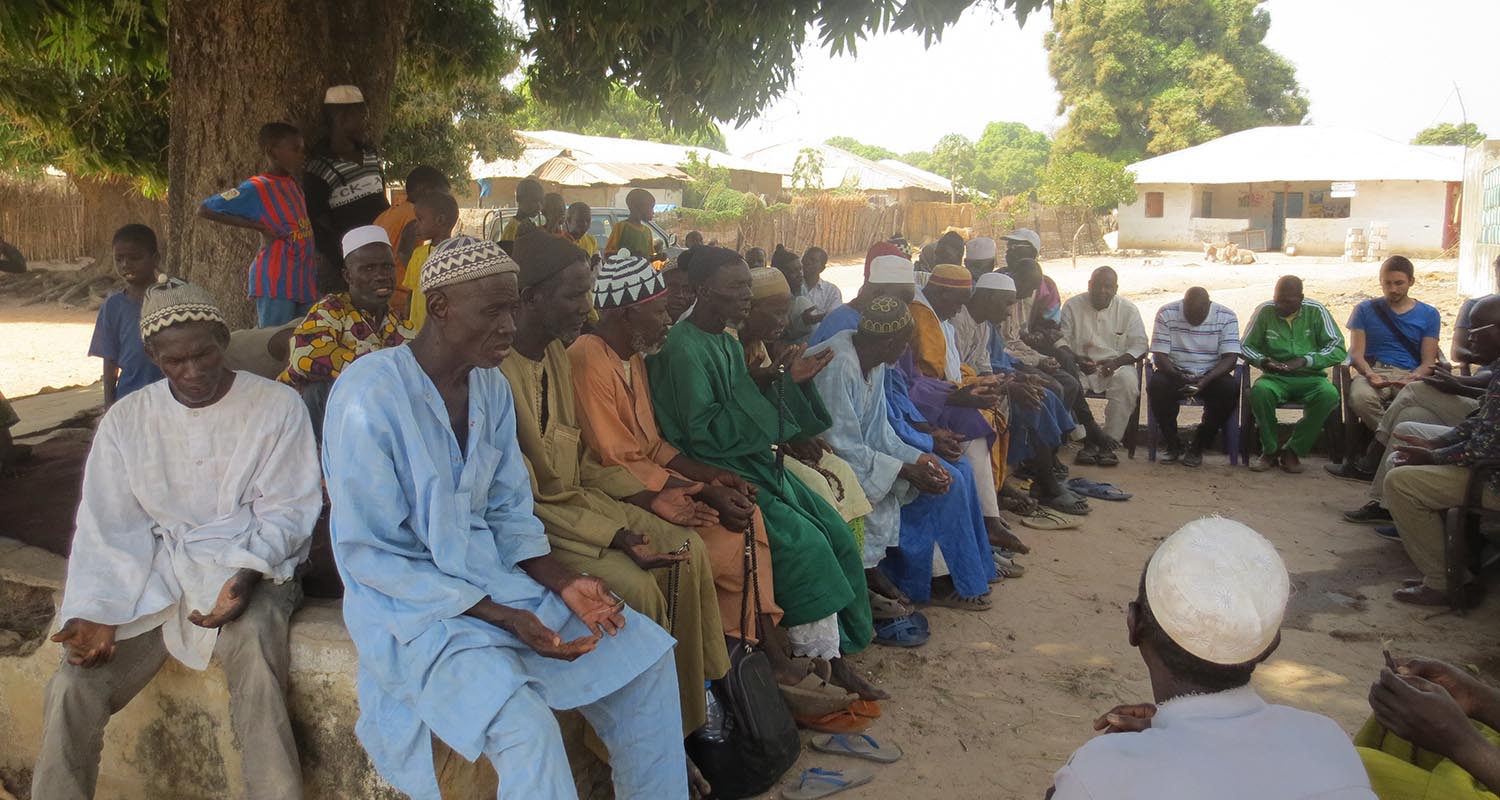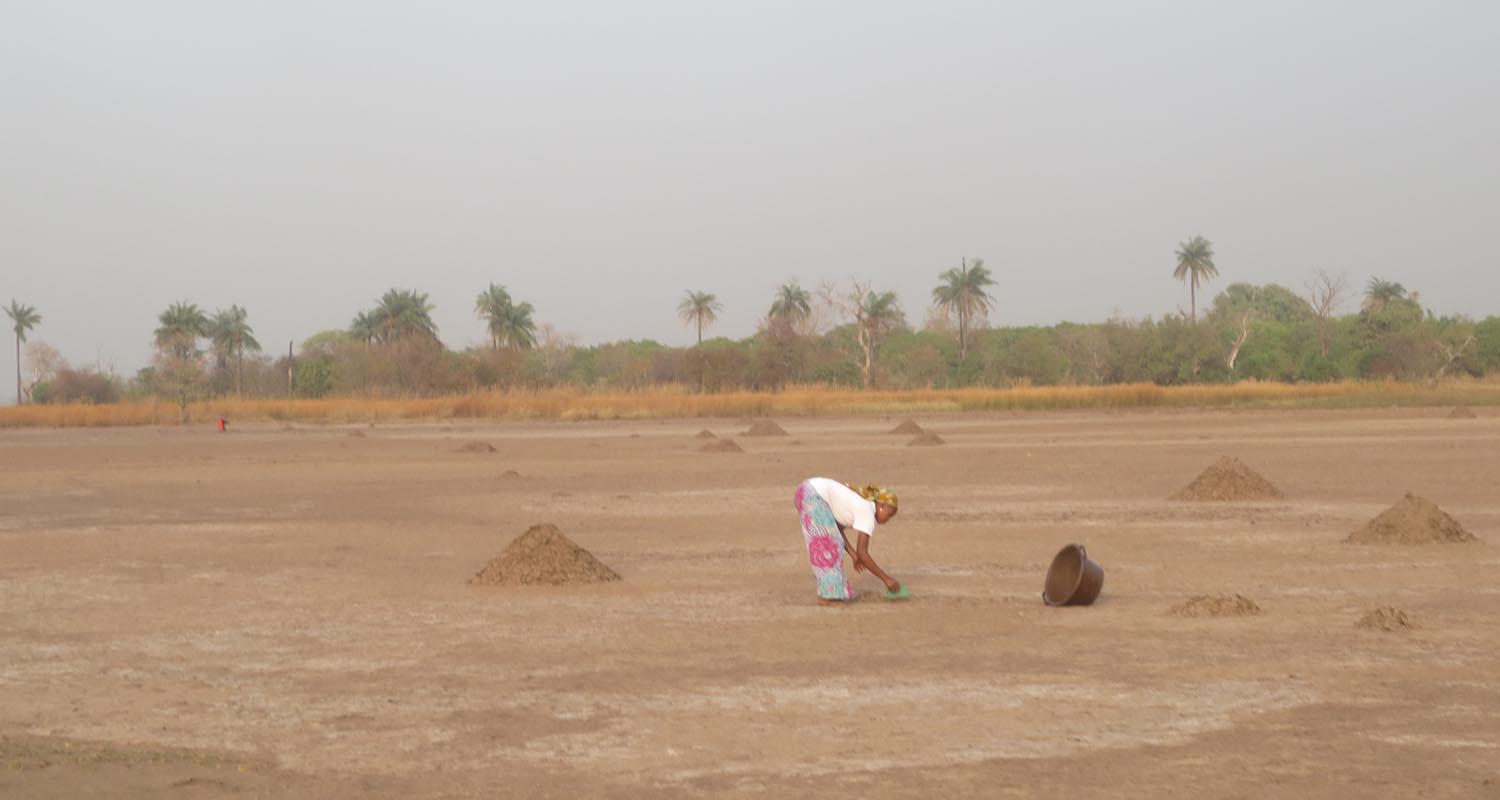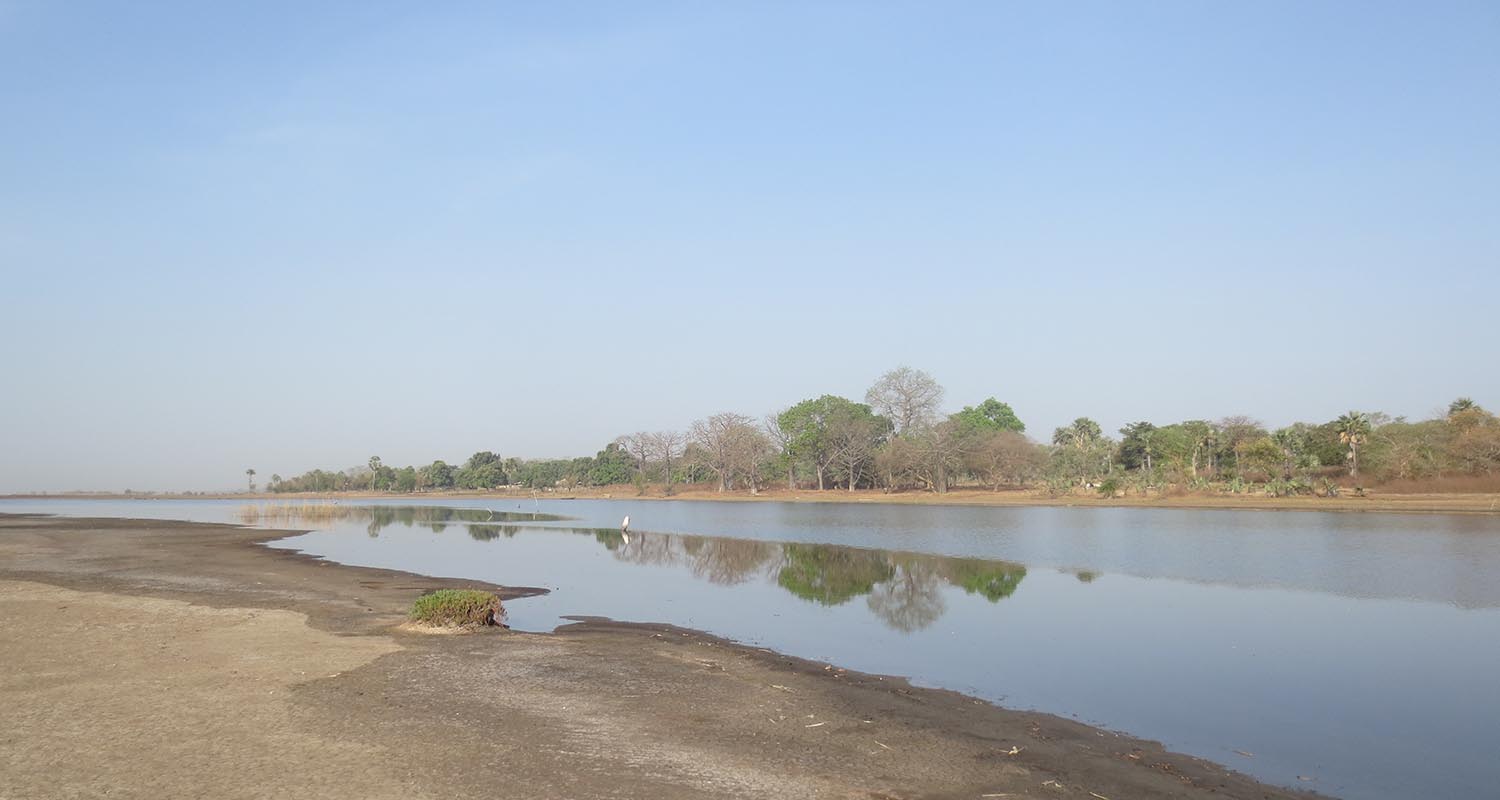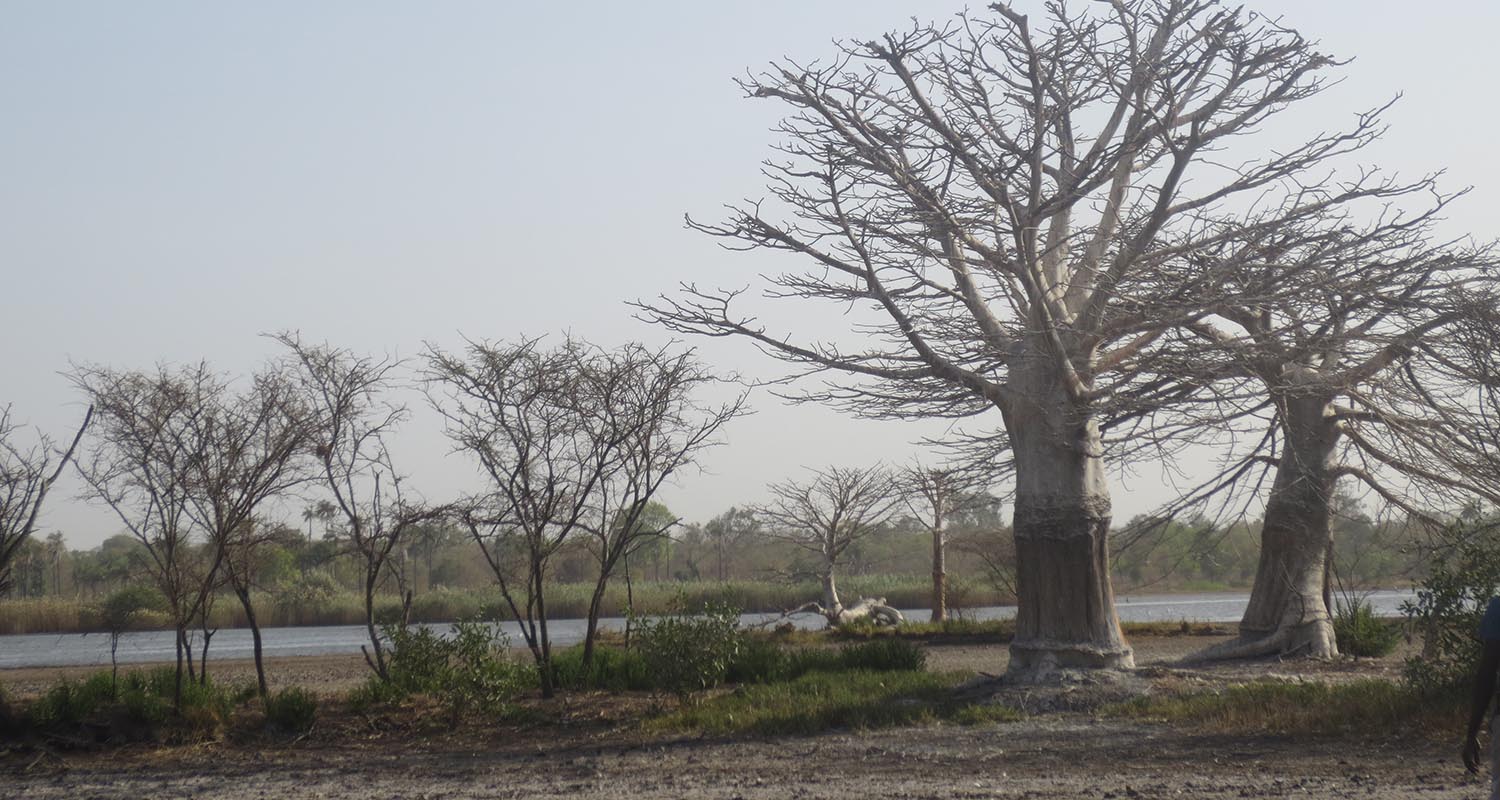
Anti-Salt Bridge-Dam in the Tanaff Valley
An infrastructure for the environment, food security, and climate resilience
Tanaff - Casamance, Senegal

In Casamance, southern Senegal, river salinization is compromising agriculture, water supply, and the survival of entire communities. 10,000 hectares of rice fields and farmland are unusable due to high salt concentrations in the waterways, causing malnutrition and poverty for over 80,000 people, desertification, acidification, and groundwater contamination.
The Tanaff Bridge-Dam project was created to provide a concrete and sustainable solution: building an infrastructure capable of blocking the rare phenomenon of saltwater intrusion, thus preserving freshwater resources and restoring fertility to the valley.
The bridge-dam will also be a strategic connection between isolated communities and a landmark engineering work, designed to foster climate resilience, food security, and economic development.

Block the salty Atlantic Ocean water that flows up the river, destroying rice fields, vegetable gardens, and drinking water sources for thousands of people.
Recover over 10,000 hectares of currently unusable farmland to boost rice production and community food security.
Build a bridge linking villages and regions currently separated by the river, facilitating exchanges, mobility, and access to essential services.
Mitigate the effects of climate change and promote a development model based on ecological and durable infrastructures.
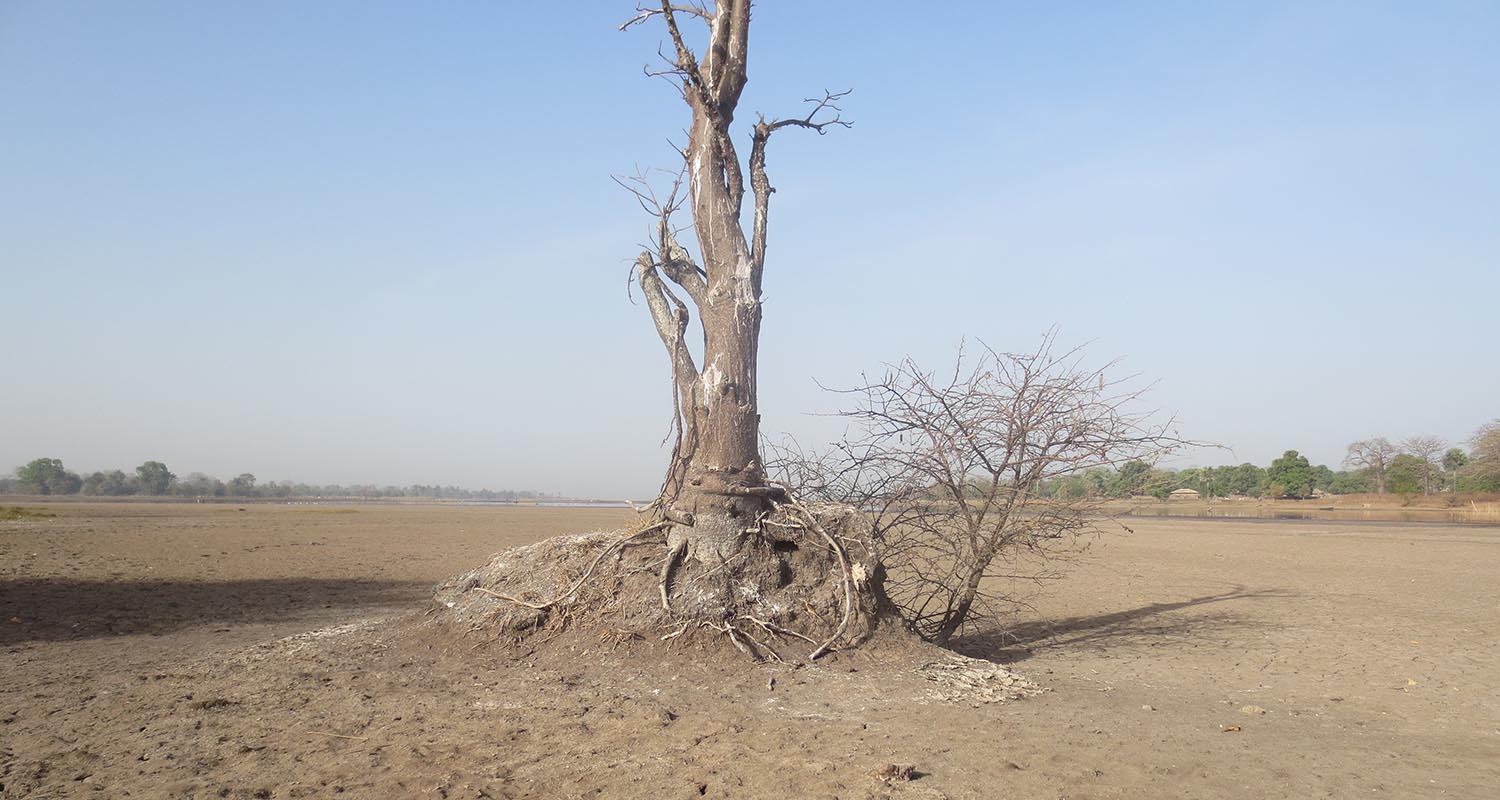

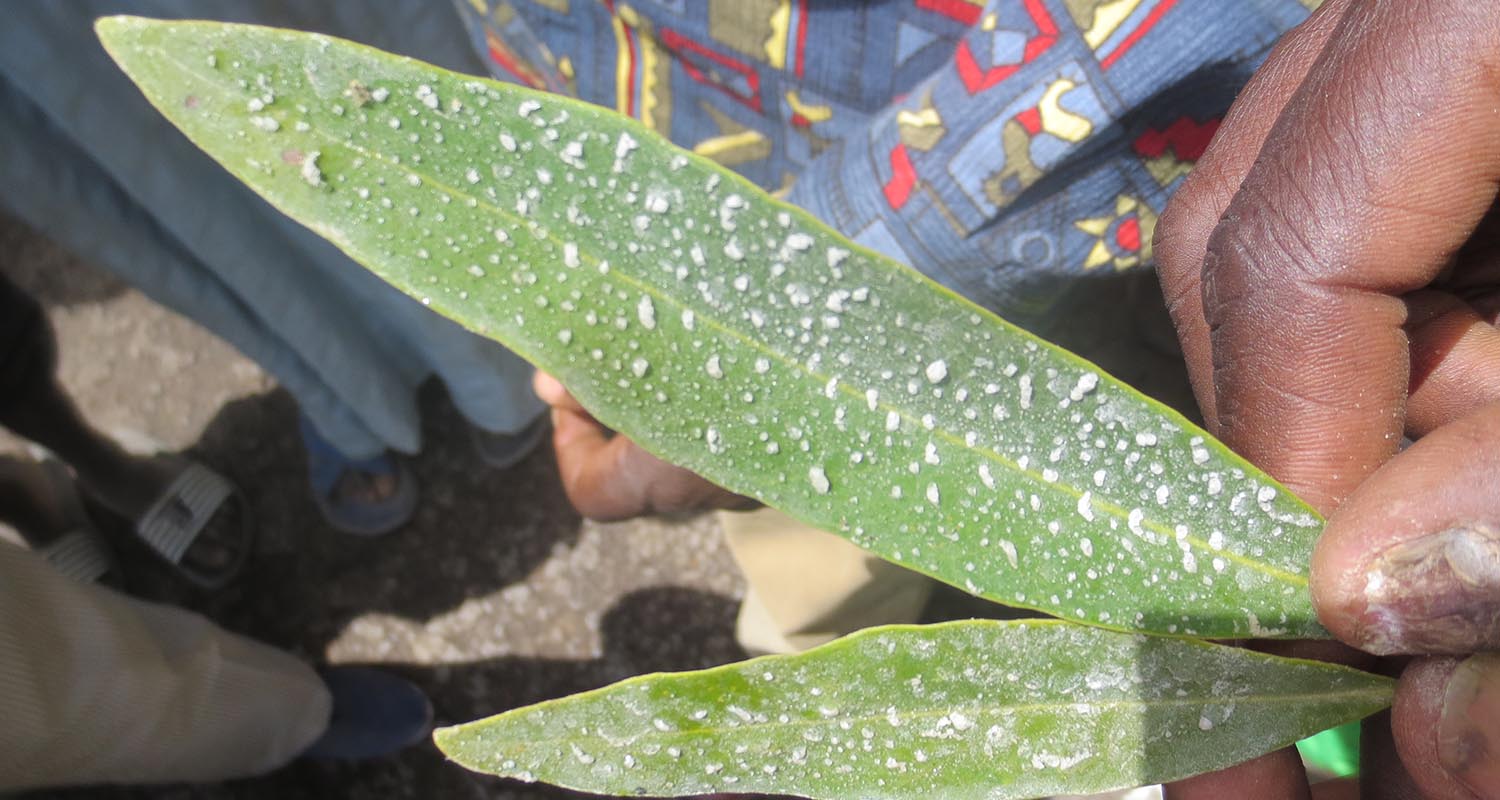
The Tanaff Bridge-Dam project represents an innovative engineering solution to an environmental and social emergency threatening the survival of thousands of people.
The Tanaff valley, in Casamance, is today cyclically invaded by salty ocean water. This phenomenon, accelerated by climate change and deforestation, has rendered one of the most fertile agricultural areas in southern Senegal sterile. This is a rare hydrogeological phenomenon caused by a combination of environmental factors.
The bridge-dam will be built at a strategic point to contain saltwater intrusion, while ensuring the normal flow of freshwater during the rainy season. Its multifunctional engineering will include a vehicular bridge to improve intercommunity connections.
This intervention is the result of complex and detailed engineering studies shared with local communities, experts, and authorities, focused on sustainability, durability, and low environmental impact.
Through this project, Balouo Salo aims to demonstrate that exemplary infrastructure can be created even in fragile contexts, capable of radically changing the future.
Project status
The project has gained the attention of the Presidency of the Republic of Senegal, the Ministry of Agriculture, and the Ministry of Hydraulics. Technical studies have been donated by Balouo Salo to promote its implementation and adoption by the state as a model project for the development of the entire Casamance region within the national food self-sufficiency program.
The construction of the bridge-dam is based on a participatory and educational process that empowers local communities, who have often tried to build similar structures on their own, but lacked the necessary resources or expertise. The project was preceded by an in-depth study of over 50 dams in Casamance – some functional, others not – aimed at understanding recurring mistakes and identifying the potential of the base technology.
Unlike previous solutions, this dam features an engineering stratification of materials with specific functions: salt filtration, structural drainage, and containment. The design, coordinated by Raoul Vecchio with support from university professors, consultants, and industry companies, has produced an innovative model capable of blocking saltwater intrusion, promoting natural desalination, and ensuring the structural integrity of the work. The dam is 855 meters long, with a height varying from 1.5 meters (at the banks) up to 5.5 meters (in the central riverbed area).
It includes a central section that allows controlled runoff of rainwater. This passage is crucial for maintaining hydraulic balance and the proper long-term function of the dam. Additionally, emergency spillways have been designed on the banks to prevent flooding in adjacent villages, activated in case of extreme weather events.
The work is not only a hydraulic infrastructure but a complex device combining structural engineering, hydraulics, urban planning, environmental, agricultural, architectural, and sociological studies, aiming to maximize its social impact and long-term sustainability.



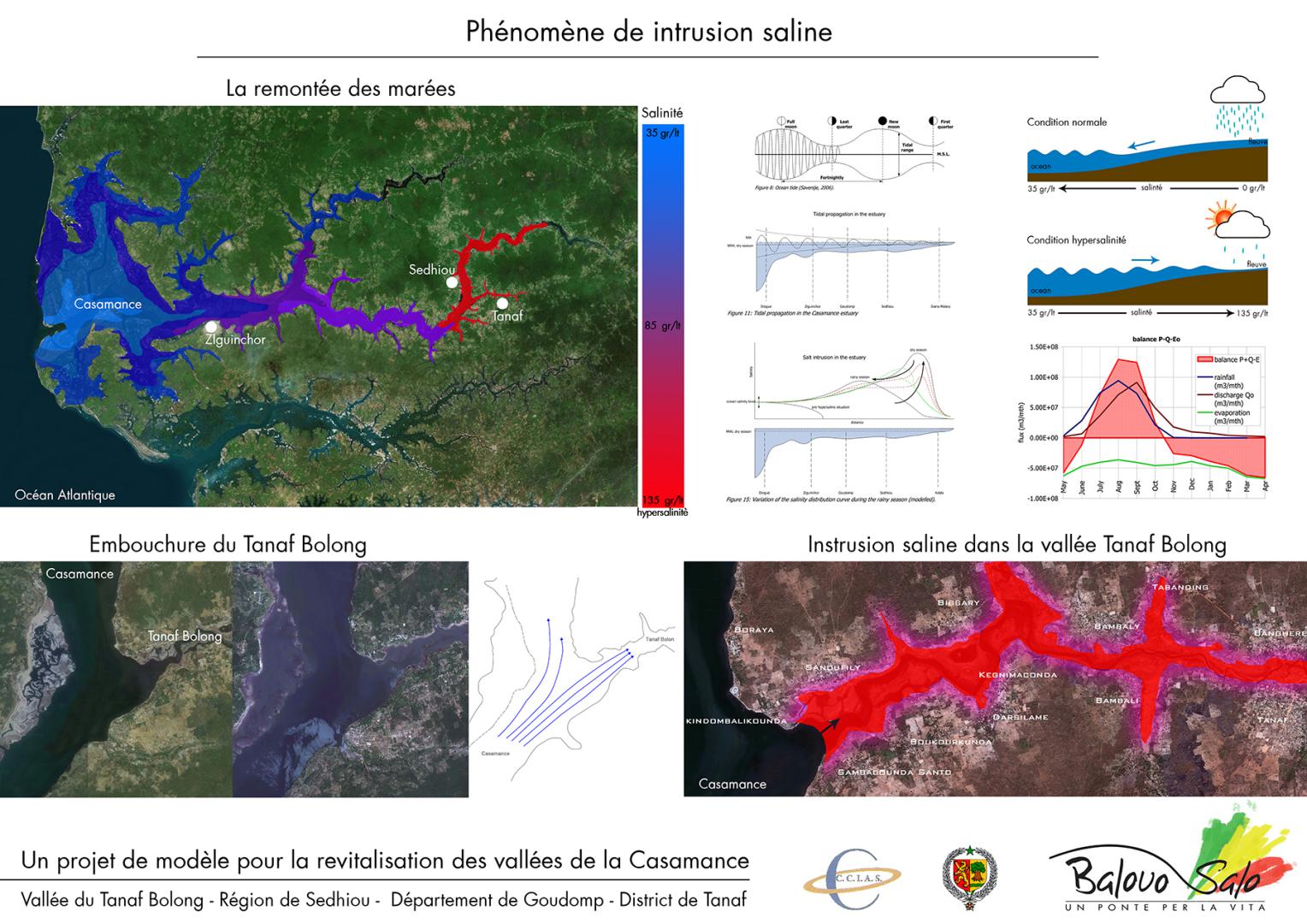
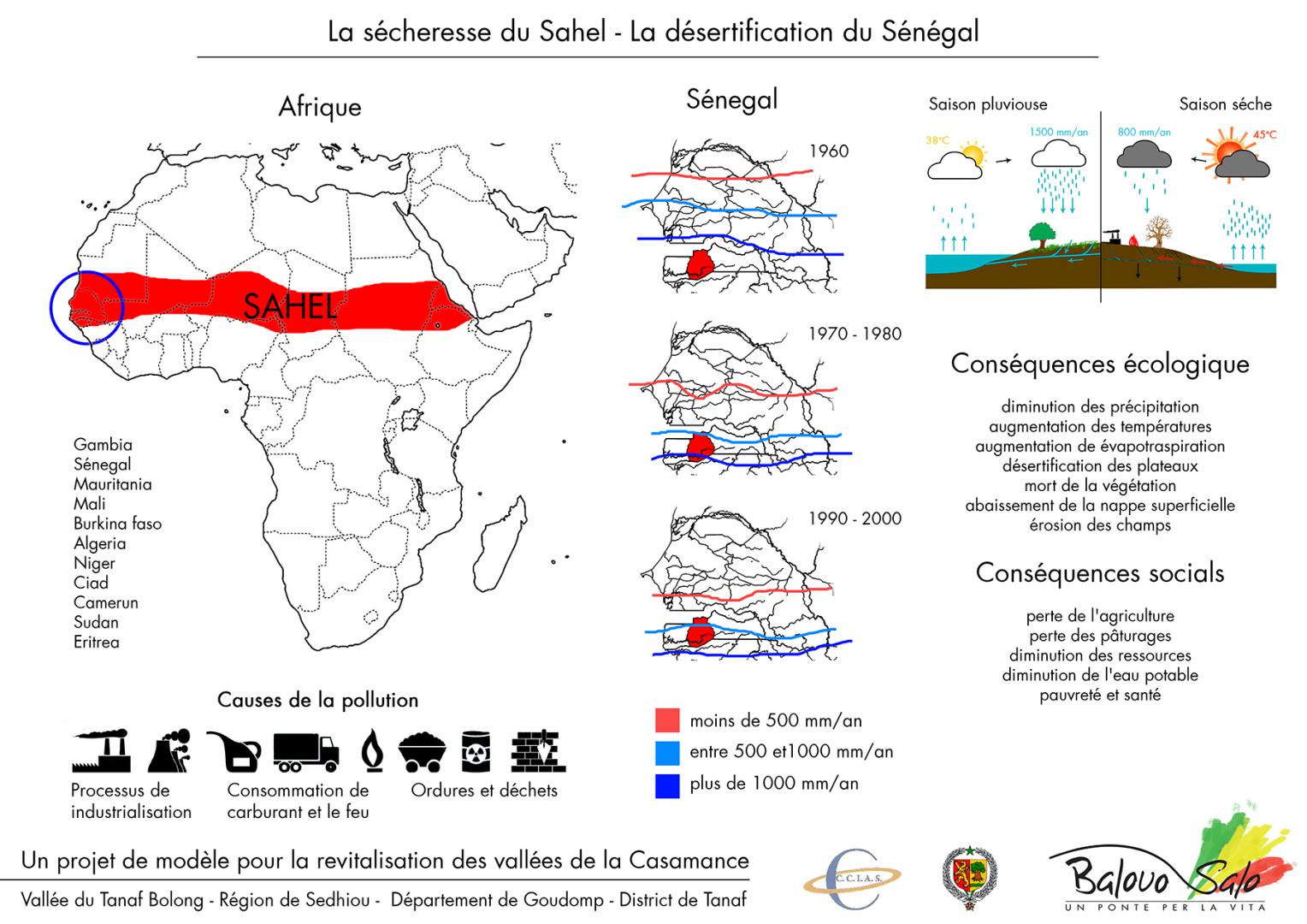

Saltwater intrusion is a rare but critical phenomenon affecting the Casamance River and other waterways with similar characteristics. It is one of the main causes of food insecurity and economic poverty in local communities that are heavily dependent on agriculture. This process has worsened since the 1970s due to drought in the Sahel, which has led to a drastic reduction in rainfall and an increase in evapotranspiration.
Field studies and surveys, combined with in-depth literature research and collaboration with universities and institutions, have made it possible to understand the dynamics of saltwater intrusion. The particular morphology of the Casamance River—with its narrow river section and variable profiles—combined with tidal propagation and climate change, has caused an abnormal spread of salt throughout the basin. In the dry season, some areas record salinity levels of up to 135 g/l, five times higher than seawater.
The environmental consequences are devastating: soil acidification, contamination of groundwater, progressive desertification, death of aquatic fauna, disappearance of rice fields, and increased coastal erosion. Socially, this means famine, loss of livelihoods, forced migration, and community instability.
According to scientific studies, the phenomenon is irreversible: rainfall would have to triple compared to current levels to restore an acceptable natural balance. For this reason, acting locally by reclaiming individual valleys through effective hydraulic works is today the only truly feasible strategy to safeguard both the environment and society.
The Tanaff Dam-Bridge will be a turning point for agriculture, access to fresh water, and climate resilience in the region. Its impact will be long-lasting, transforming the lives of over 80,000 people.
